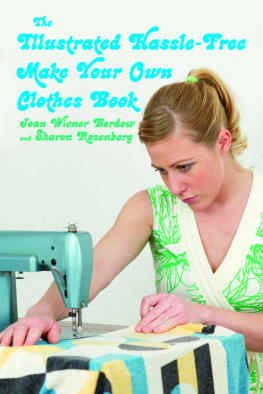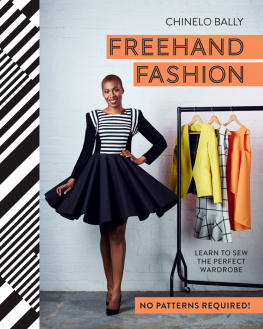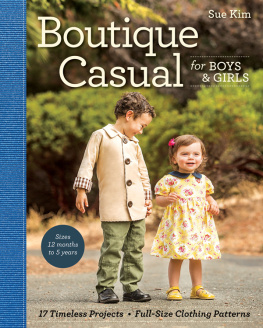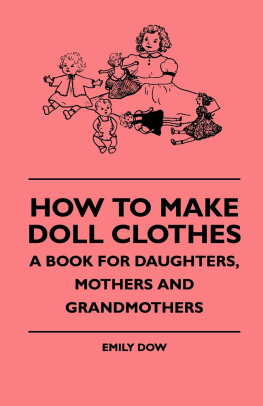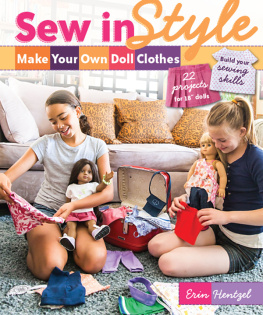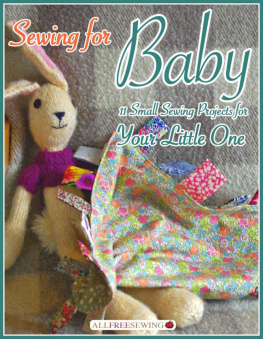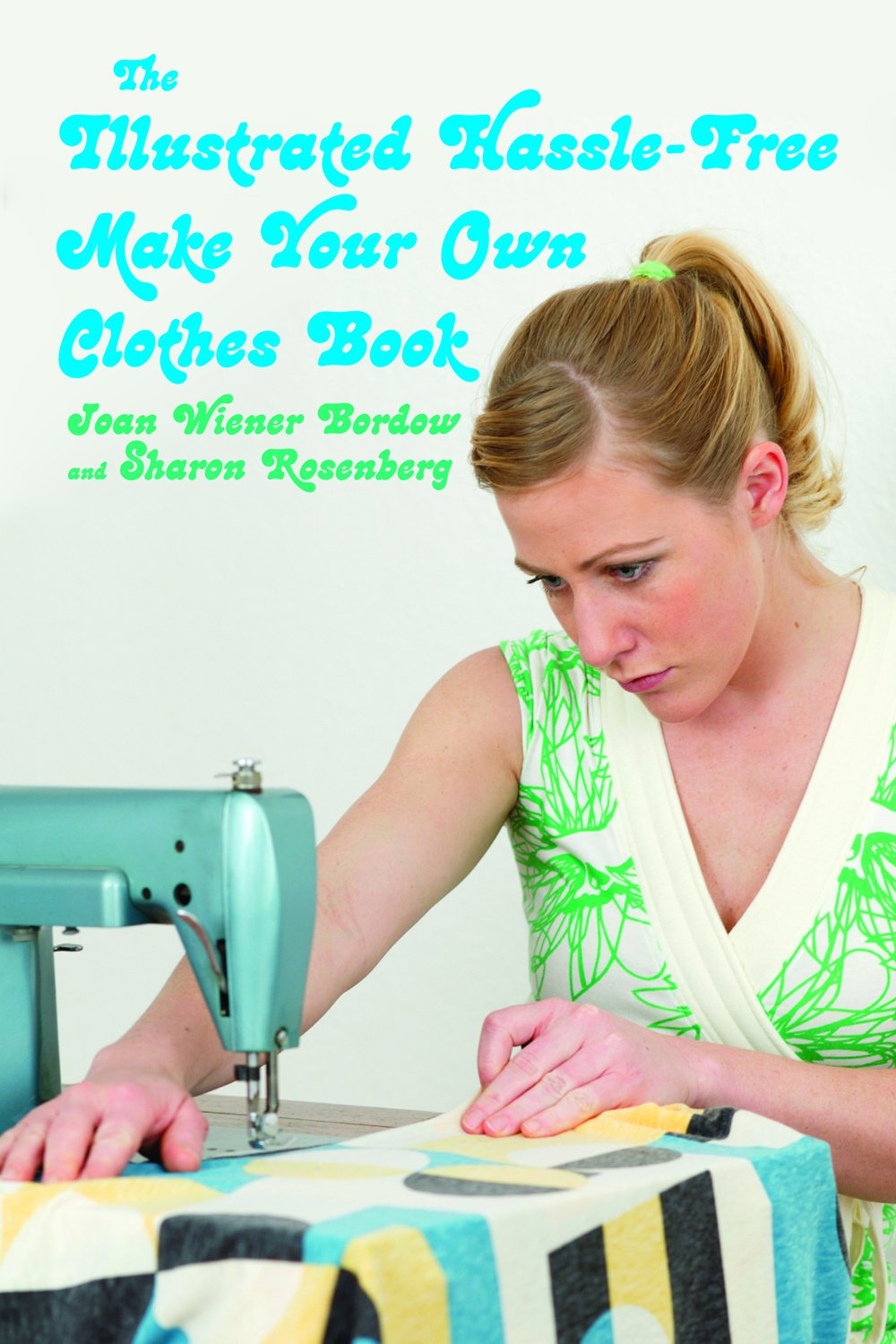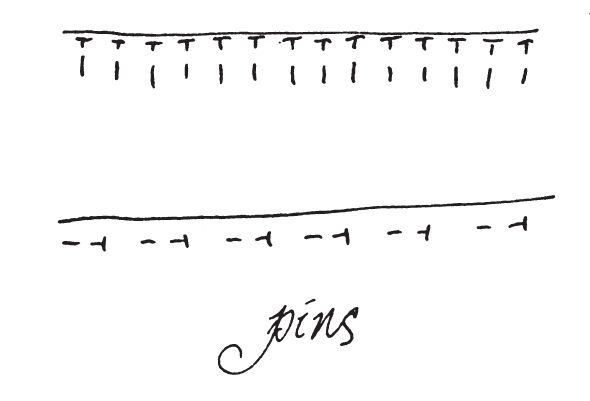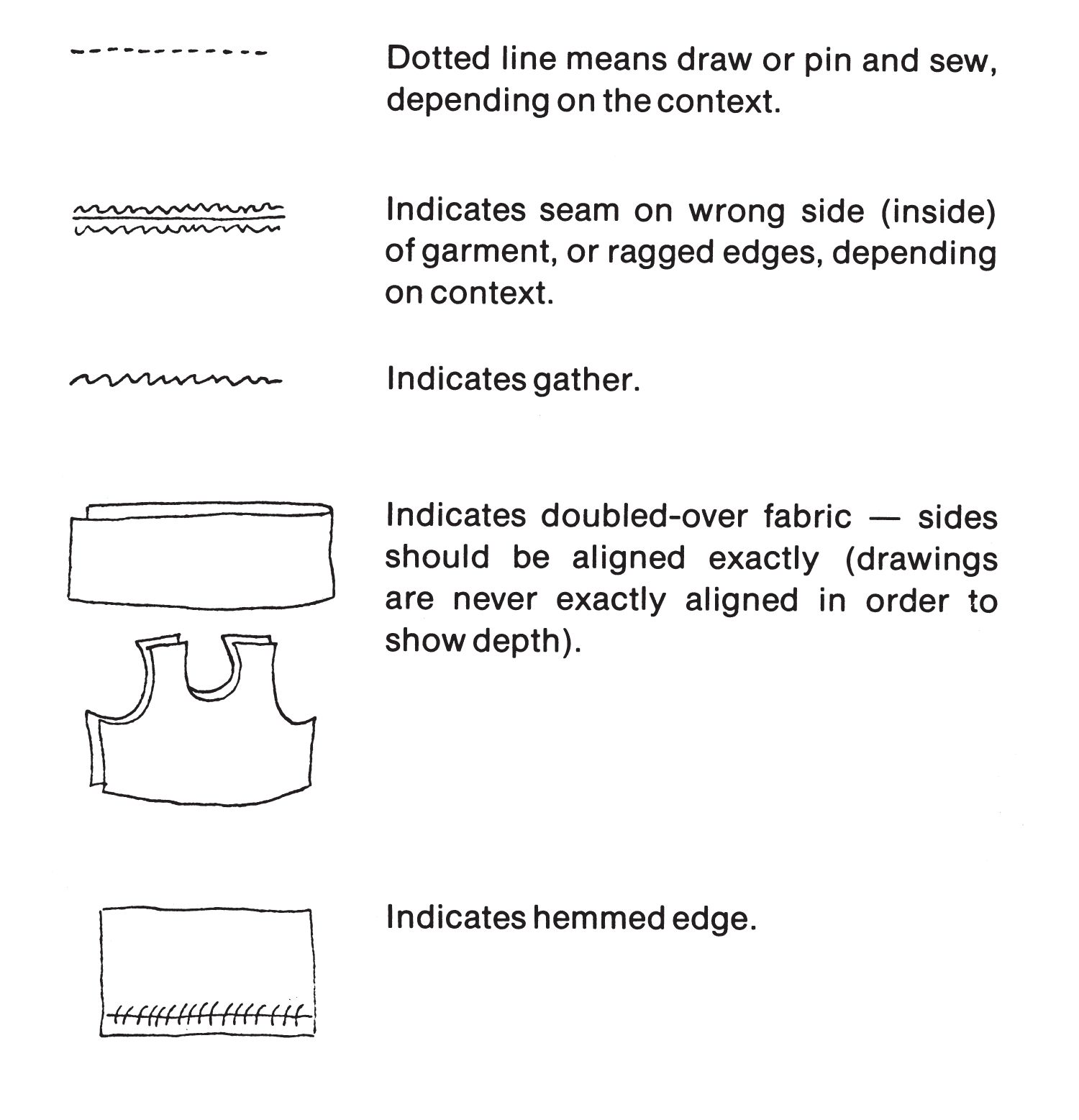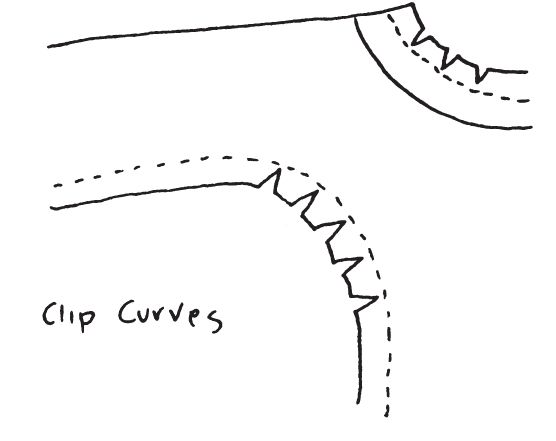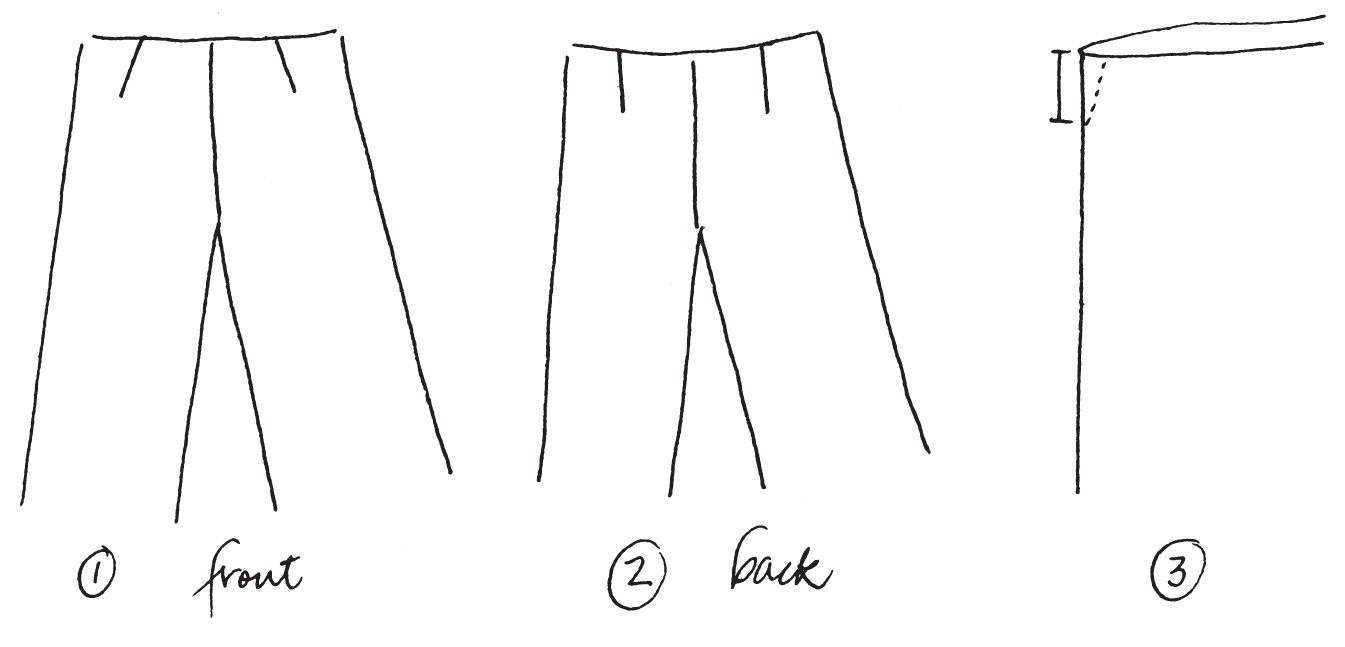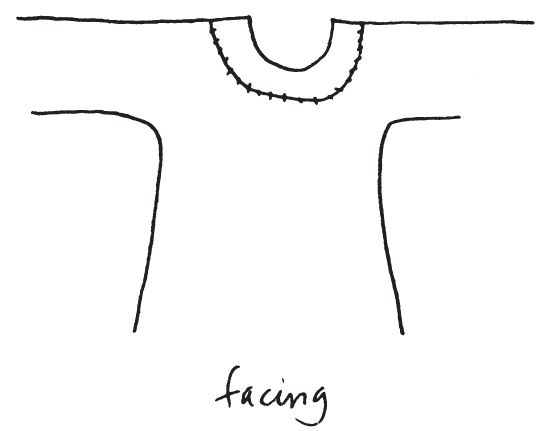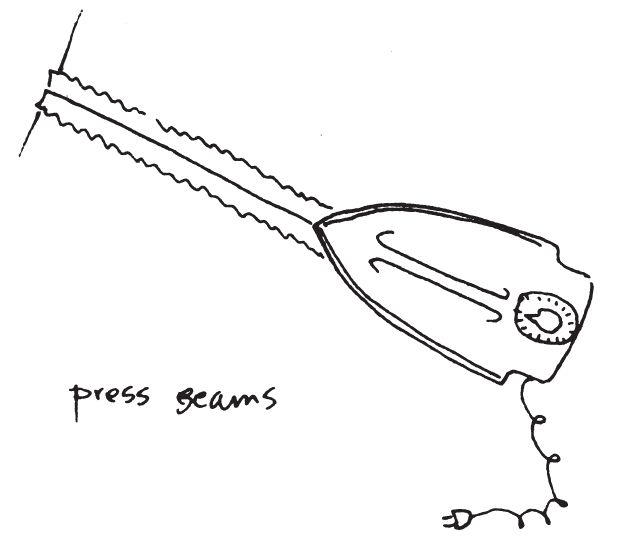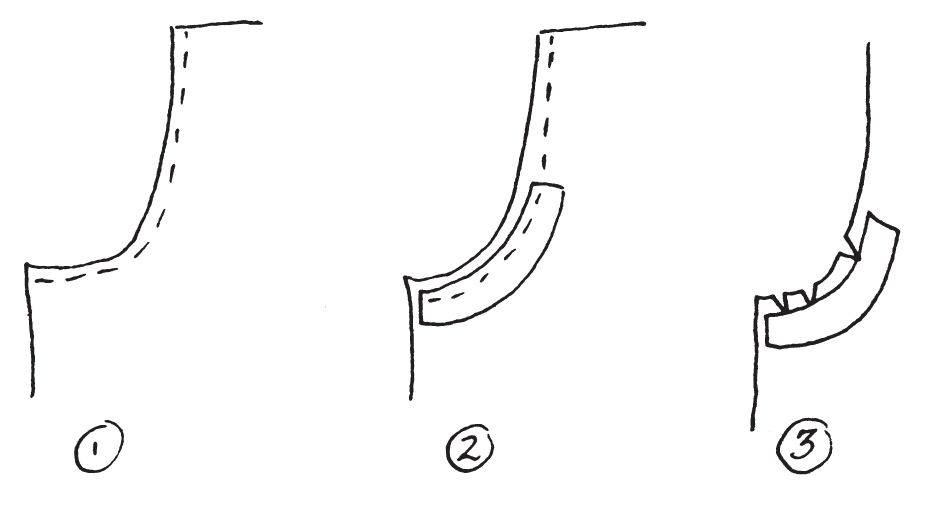Joan Wiener Bordow - The Illustrated Hassle-Free Make Your Own Clothes Book
Here you can read online Joan Wiener Bordow - The Illustrated Hassle-Free Make Your Own Clothes Book full text of the book (entire story) in english for free. Download pdf and epub, get meaning, cover and reviews about this ebook. year: 2008, publisher: Skyhorse Publishing, genre: Home and family. Description of the work, (preface) as well as reviews are available. Best literature library LitArk.com created for fans of good reading and offers a wide selection of genres:
Romance novel
Science fiction
Adventure
Detective
Science
History
Home and family
Prose
Art
Politics
Computer
Non-fiction
Religion
Business
Children
Humor
Choose a favorite category and find really read worthwhile books. Enjoy immersion in the world of imagination, feel the emotions of the characters or learn something new for yourself, make an fascinating discovery.
- Book:The Illustrated Hassle-Free Make Your Own Clothes Book
- Author:
- Publisher:Skyhorse Publishing
- Genre:
- Year:2008
- Rating:4 / 5
- Favourites:Add to favourites
- Your mark:
The Illustrated Hassle-Free Make Your Own Clothes Book: summary, description and annotation
We offer to read an annotation, description, summary or preface (depends on what the author of the book "The Illustrated Hassle-Free Make Your Own Clothes Book" wrote himself). If you haven't found the necessary information about the book — write in the comments, we will try to find it.
A simple, no-nonsense guide to home sewing.Los Angeles Times
Here is the straight-up dope on how to make your own clothing. With or without patterns, machines, or fancy materialsanyone can do it! Got some old clothes that you love and that fit well? Use them as patterns for new ones. Want something new and spectacular, something that fits right along where your head is moving? Cut up, remodel, add on, and let your old stuff evolve! Readers will embrace the step-by-step illustrations, clear and encouraging prose, and timeless collection of clothesfrom skirts and pants to dresses, a waistcoat, and even a teeny-weeny bikini. The Illustrated Hassle-Free Make Your Own Clothes Book promises to be both an indispensable resource and a much-noticed collectible on every hipsters bookshelf. 100 black-and-white illustrationsJoan Wiener Bordow: author's other books
Who wrote The Illustrated Hassle-Free Make Your Own Clothes Book? Find out the surname, the name of the author of the book and a list of all author's works by series.

